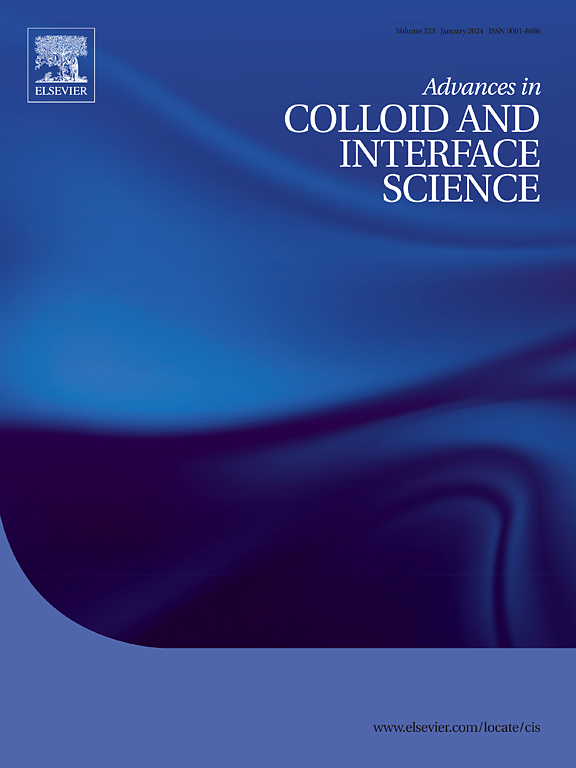Single-molecule resolution of macromolecules with nanopore devices
IF 15.9
1区 化学
Q1 CHEMISTRY, PHYSICAL
引用次数: 0
Abstract
Nanopore-based electrical detection technology holds single-molecule resolution and combines the advantages of high sensitivity, high throughput, rapid analysis, and label-free detection. It is widely applied in the determination of organic and biological macromolecules, small molecules, and nanomaterials, as well as in nucleic acid and protein sequencing. There are a wide variety of organic polymers and biopolymers, and their chemical structures, and conformation in solution directly affect their ensemble properties. Currently, there is limited approach available for the analysis of single-molecule conformation and self-assembled topologies of polymers, dendrimers and biopolymers. Nanopore single-molecule platform offers unique advantages over other sensing technologies, particularly in molecular size differentiation of macromolecules and complex conformation analysis. In this review, the classification of nanopore devices, including solid-state nanopores (SSNs), biological nanopores, and hybrid nanopores is introduced. The recent developments and applications of nanopore devices are summarized, with a focus on the applications of nanopore platform in the resolution of the structures of synthetic polymer, including dendritic, star-shaped, block copolymers, as well as biopolymers, including polysaccharides, nucleic acids and proteins. The future prospects of nanopore sensing technique are ultimately discussed.

求助全文
约1分钟内获得全文
求助全文
来源期刊
CiteScore
28.50
自引率
2.60%
发文量
175
审稿时长
31 days
期刊介绍:
"Advances in Colloid and Interface Science" is an international journal that focuses on experimental and theoretical developments in interfacial and colloidal phenomena. The journal covers a wide range of disciplines including biology, chemistry, physics, and technology.
The journal accepts review articles on any topic within the scope of colloid and interface science. These articles should provide an in-depth analysis of the subject matter, offering a critical review of the current state of the field. The author's informed opinion on the topic should also be included. The manuscript should compare and contrast ideas found in the reviewed literature and address the limitations of these ideas.
Typically, the articles published in this journal are written by recognized experts in the field.

 求助内容:
求助内容: 应助结果提醒方式:
应助结果提醒方式:


